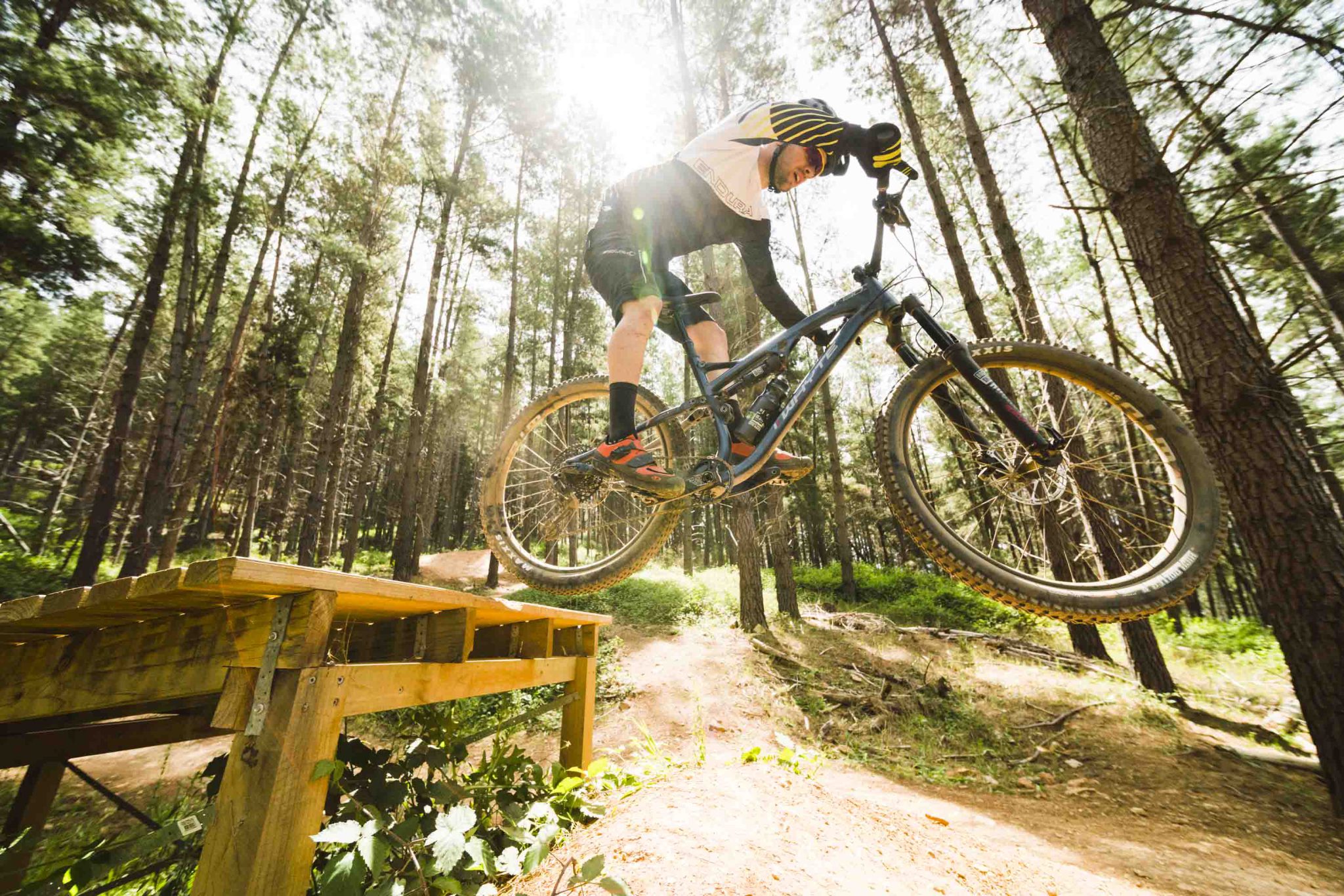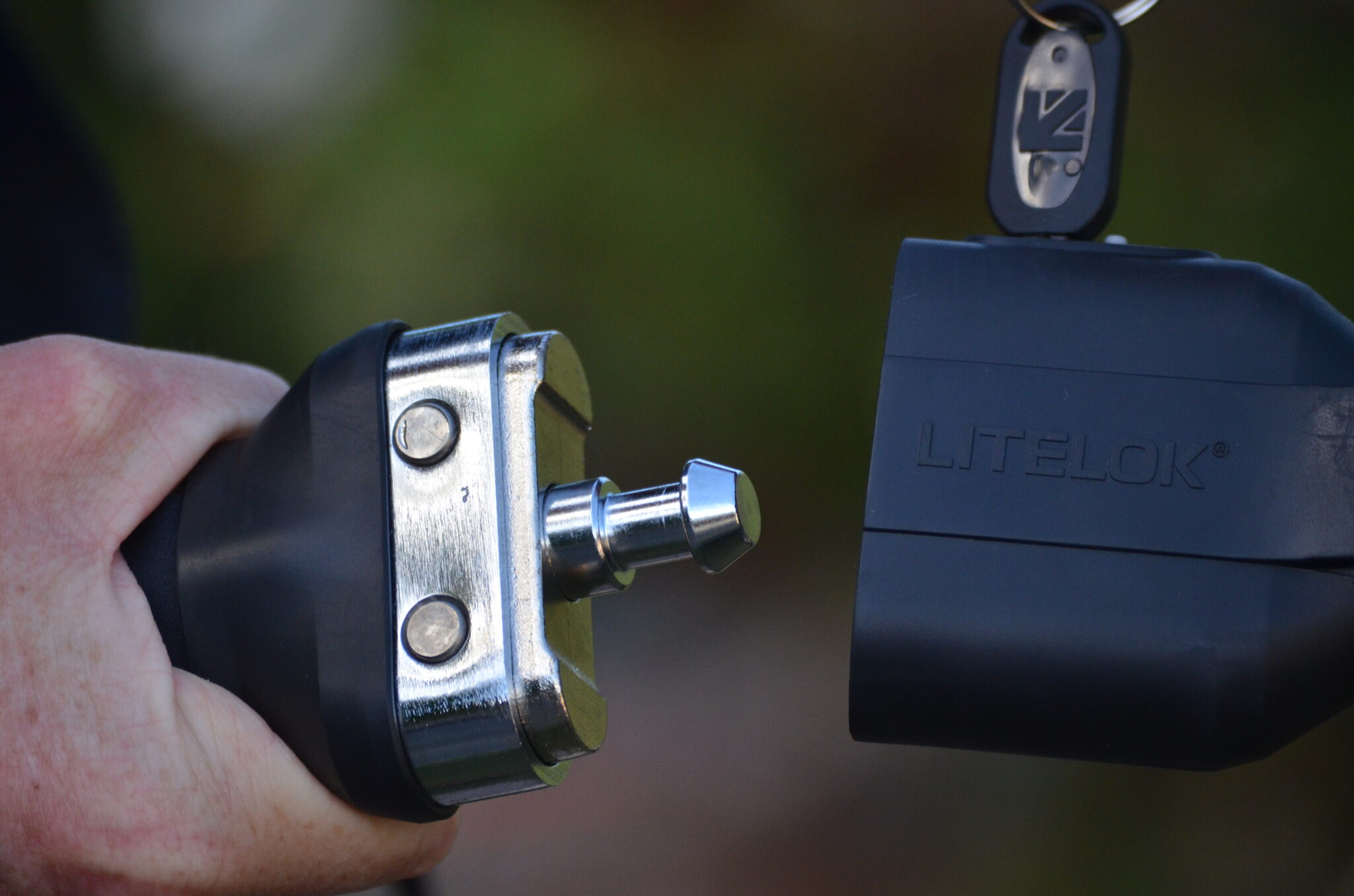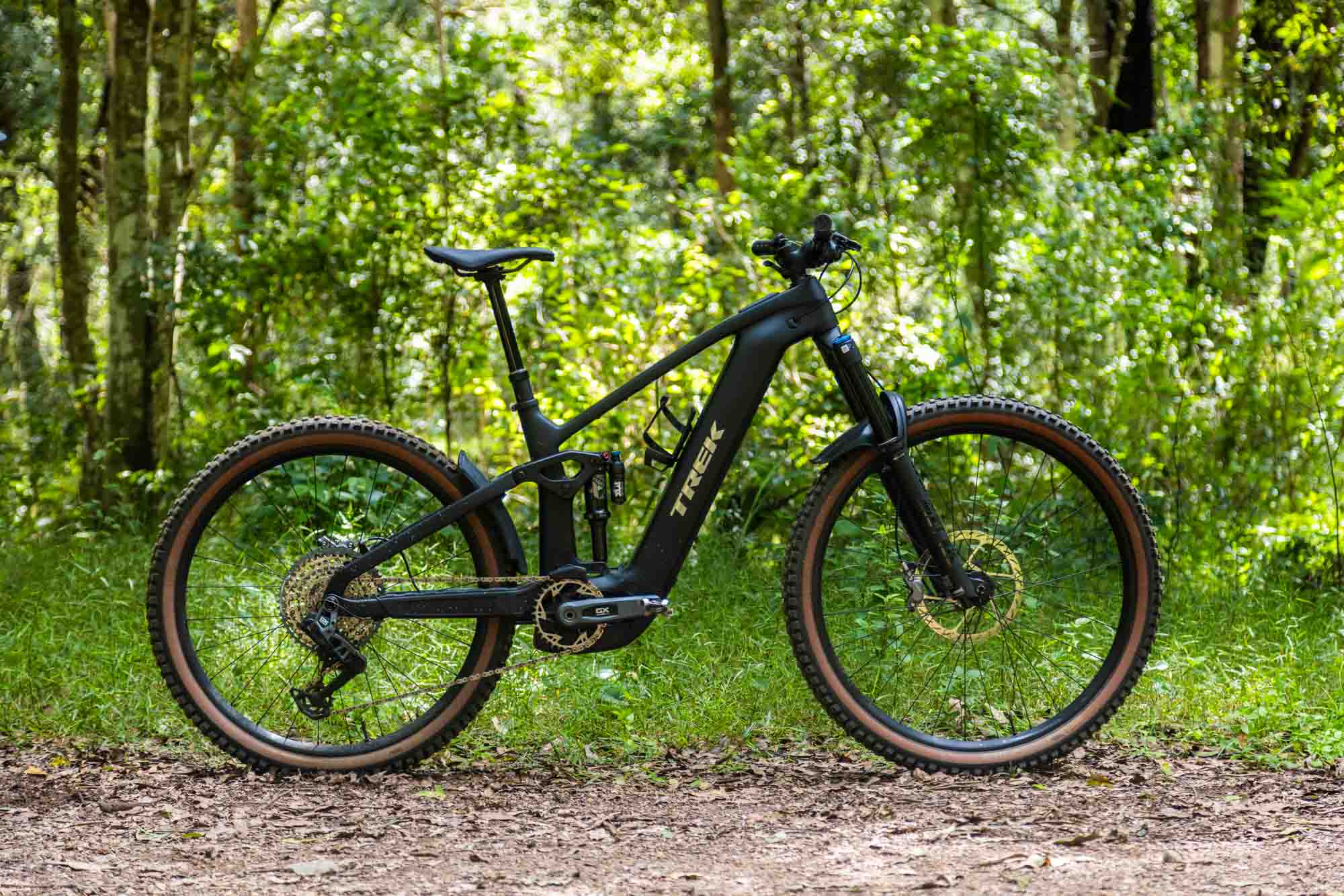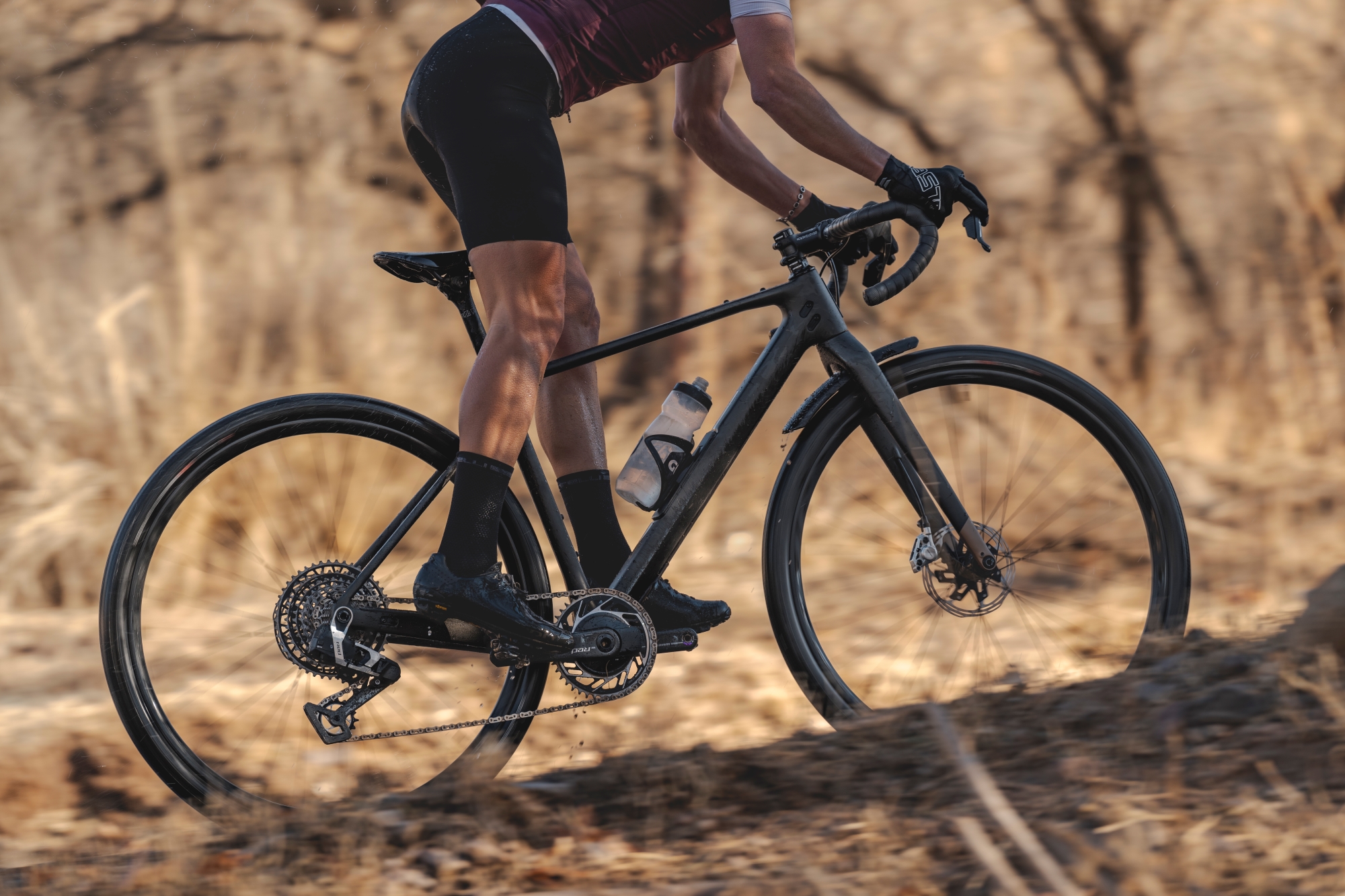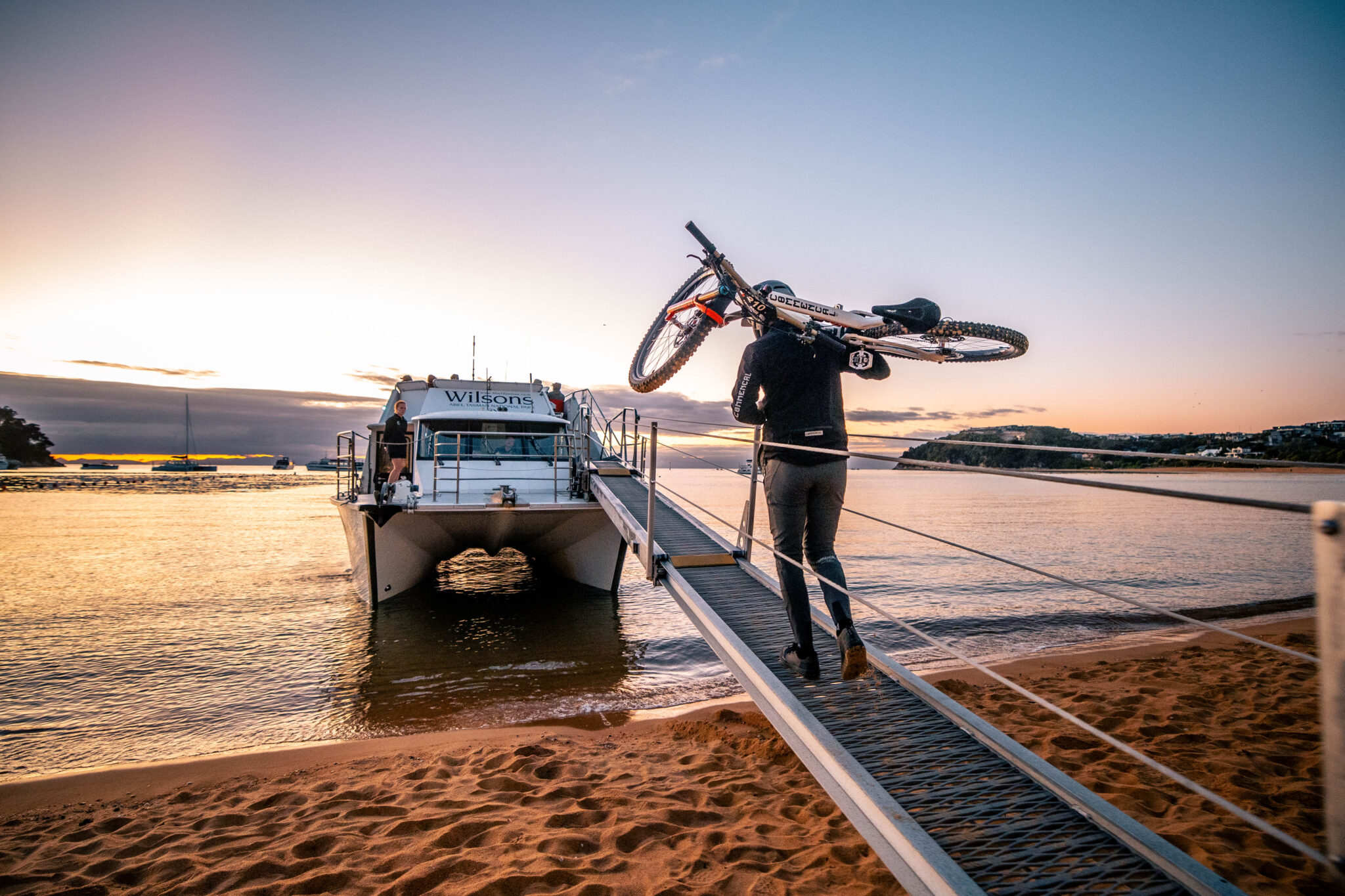Tested: Whyte T-130s
We test what trails the T-130s trail bike is likely to demolish!
Words: Sebastian Jayne Photos: Dominic Hook
Whyte is British. Their bikes are developed in Britain and their developers ride to work. I’ve been to England for a bit of time, it rained constantly, well it felt like that anyway. Another constant was their trails, which all seemed to have a million rocks and steep, rough and technical descents. I’m sure I am exaggerating, but to develop a bike that can handle even a quarter of these conditions on a daily basis means it will probably be up to scratch to handle just about any other trail network in the world.
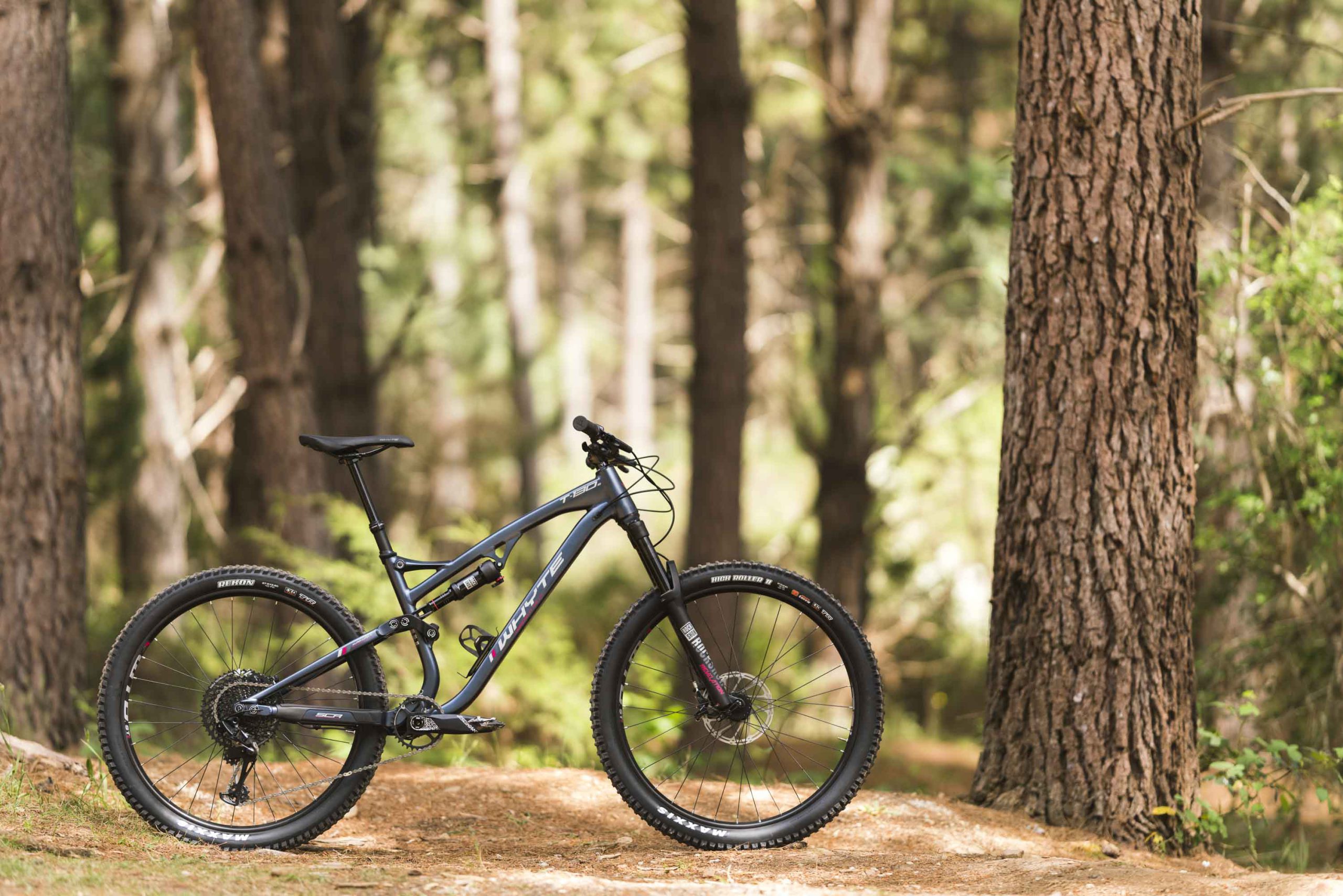
Most of Whyte’s bikes feature slack angles to get the front wheel well out in front for better trail feel, alongside this they like dropping the bottom bracket height for a low centre of gravity and have short back ends to create a playful ride. The T-130s ticks all of these boxes making it a quintessential Whyte offering. We have tested two T-130 models in the past, and this one is the latest update. How will those characteristics play out in the rugged Australian bush? I guess it’s time to go testing!

Initial Impression
The T-130s is Whyte’s longer travel trail bike, with the S-120s being the shorter travel xc/trail option with 29” wheels. As its name suggest it is a 130mm travel frame with a 140mm fork on 27.5” wheels. Trail bikes can be quite a wide category with each rider wanting something a bit different for where they live. Some want a more relaxed but capable bike on which they can do XC loops, that would be the S-120s, while others prefer a bike that can pedal well but handle a wide range of descents, hopefully that will be the T-130s.
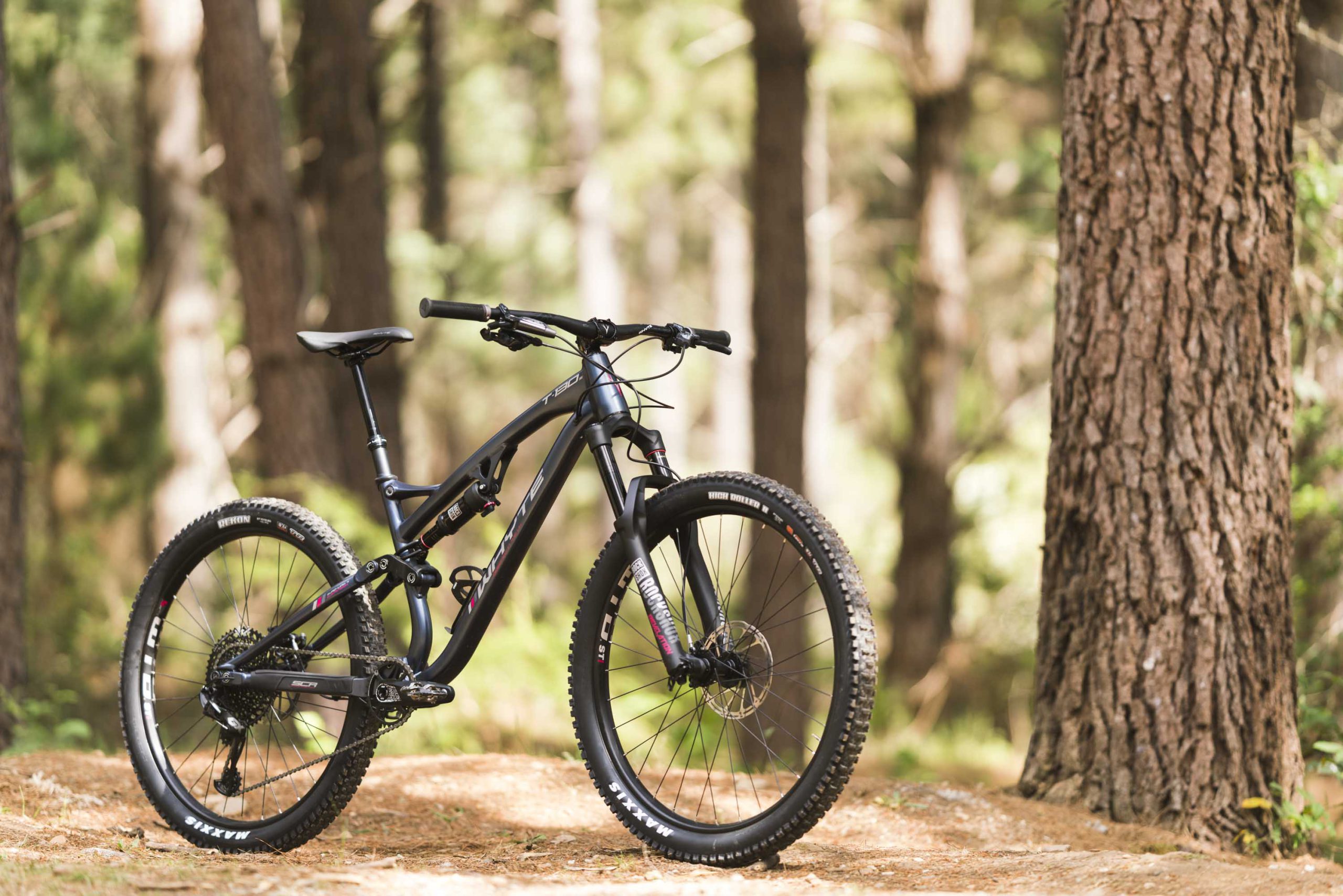
Helping the T-130s in its dreams of being a trail bike that can descend capably is Whyte’s signature geometry. The 65.5 degree head angle is very slack for a trail bike and places the front wheel quite far out in front of the bike. Whyte hopes this will result in the steering ‘self-correct’ while riding. The head angle has been paired with a comparatively long reach created by a long top tube and short stem to create snappy handling but enough stability at speed. Helping stability is the reasonably long wheelbase especially for a 27.5” bike. All these ‘long’ numbers are offset in the right place with nice and short chainstays at 430mm. Going over the numbers gives us a glimpse at how the Whyte has been put together with each part looking to complement each other.
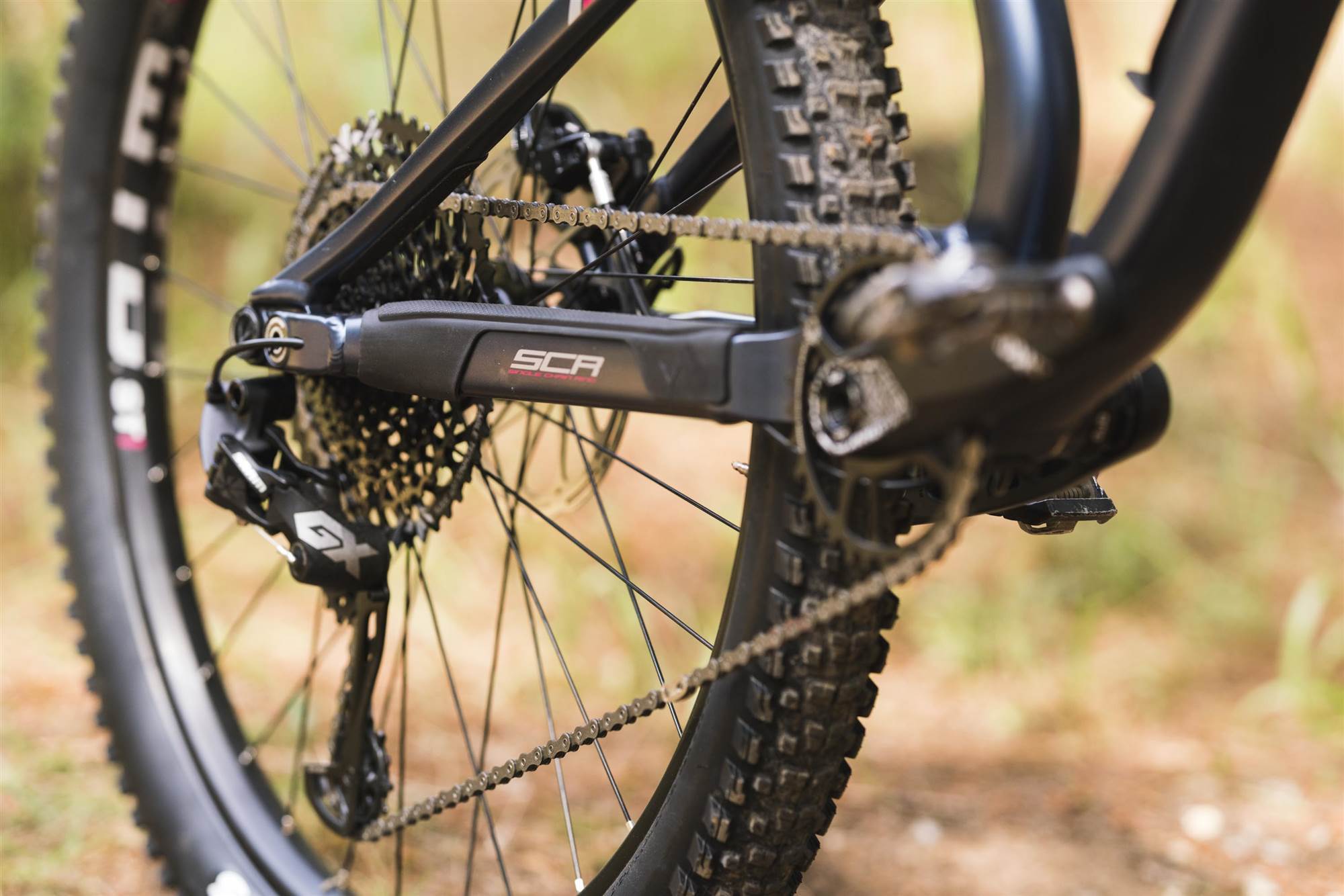
The T-130s is the top aluminium model of two with the other three new models in the T-130 range getting a carbon frame. The T-130s comes with a RockShox Revelation RC fork paired with the Deluxe RT shock which makes a great package as does the SRAM GX Eagle 12-speed group set. The SRAM Guide brakes with 180mm rotors on the medium and larger sizes is a good touch to be able to handle the descents that Whyte hope you will be tackling. There are ISCG mounts on the frame if you want to add a chain guide but no guide is provided.
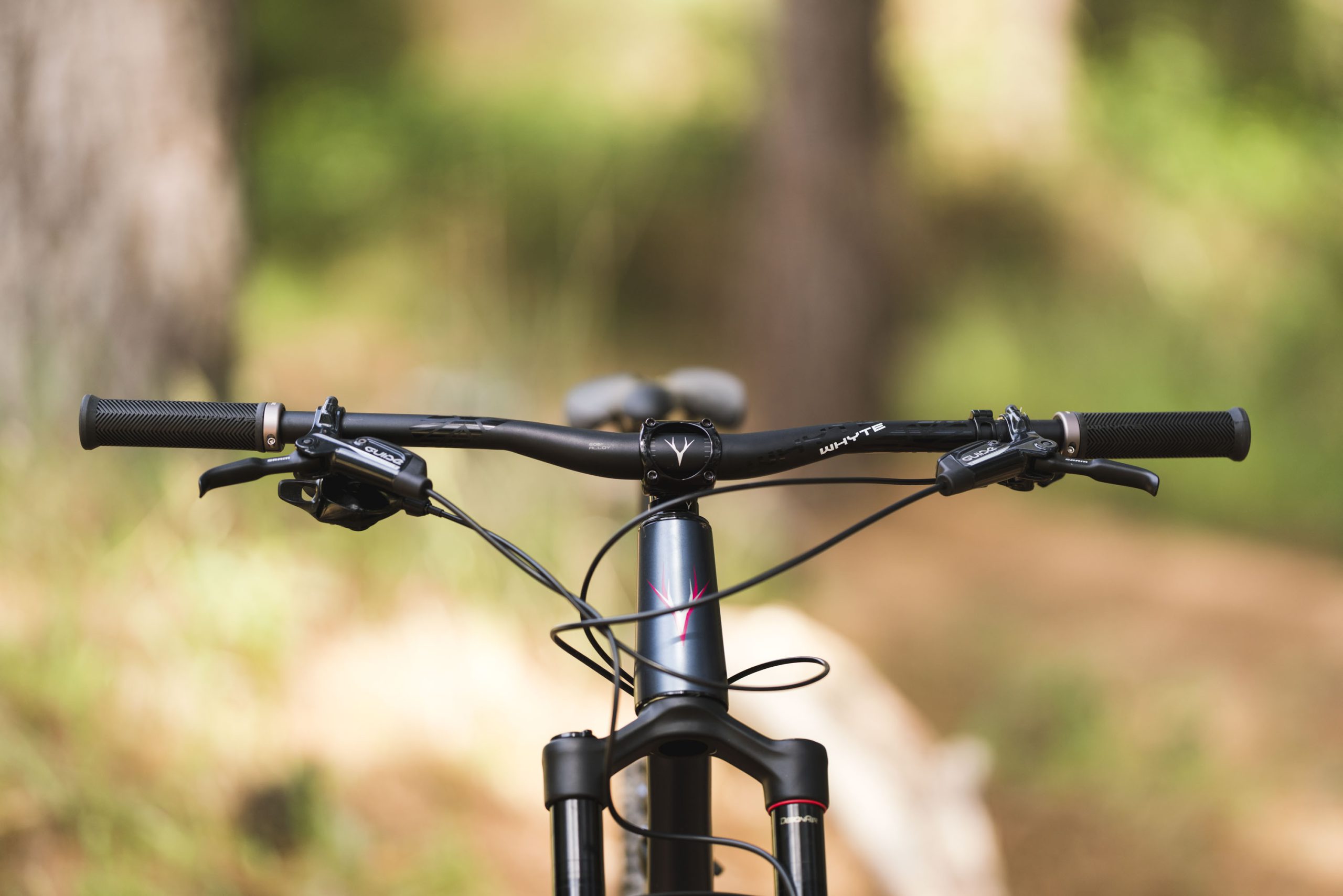
One area where Whyte excel, which stems from the harsh climate of Britain, is their weatherproofing and small details on their bikes that aim to make things easier for the rider. Their bearings are weatherproof, their clamps such as their seat posts are weatherproof, and their internal routing is sealed with a special routing system to make installation easy and keep things ticking over smoothly and quietly.

Spec-wise, the T-130s sits at the more aggressive end of the trail bike spectrum and it will be interesting to see how many trails the T-130s can handle comfortably. The geometry shows a bike that should be capable on steep descents but may find trouble on flatter terrain. I do like how Whyte offer two different models of ‘trail’ bikes, so riders can tailor to their individual needs.
On the Trail
My test rides on the T-130s were very descent orientated with a shuttle day on Bright’s Mystic Mountain enduro tracks and trail rides on climbing and descending trails. Riding to the trails was pleasant enough with the T-130s placing you in a comfortable position, which was helped largely by the cockpit that felt roomy thanks to the long reach. The Maxxis High Roller II on the front rumbled along a bit but paired with the faster rolling Rekon on the rear made the commute manageable, which is what I prefer from a tyre set up. The High Roller would come into its own soon enough.
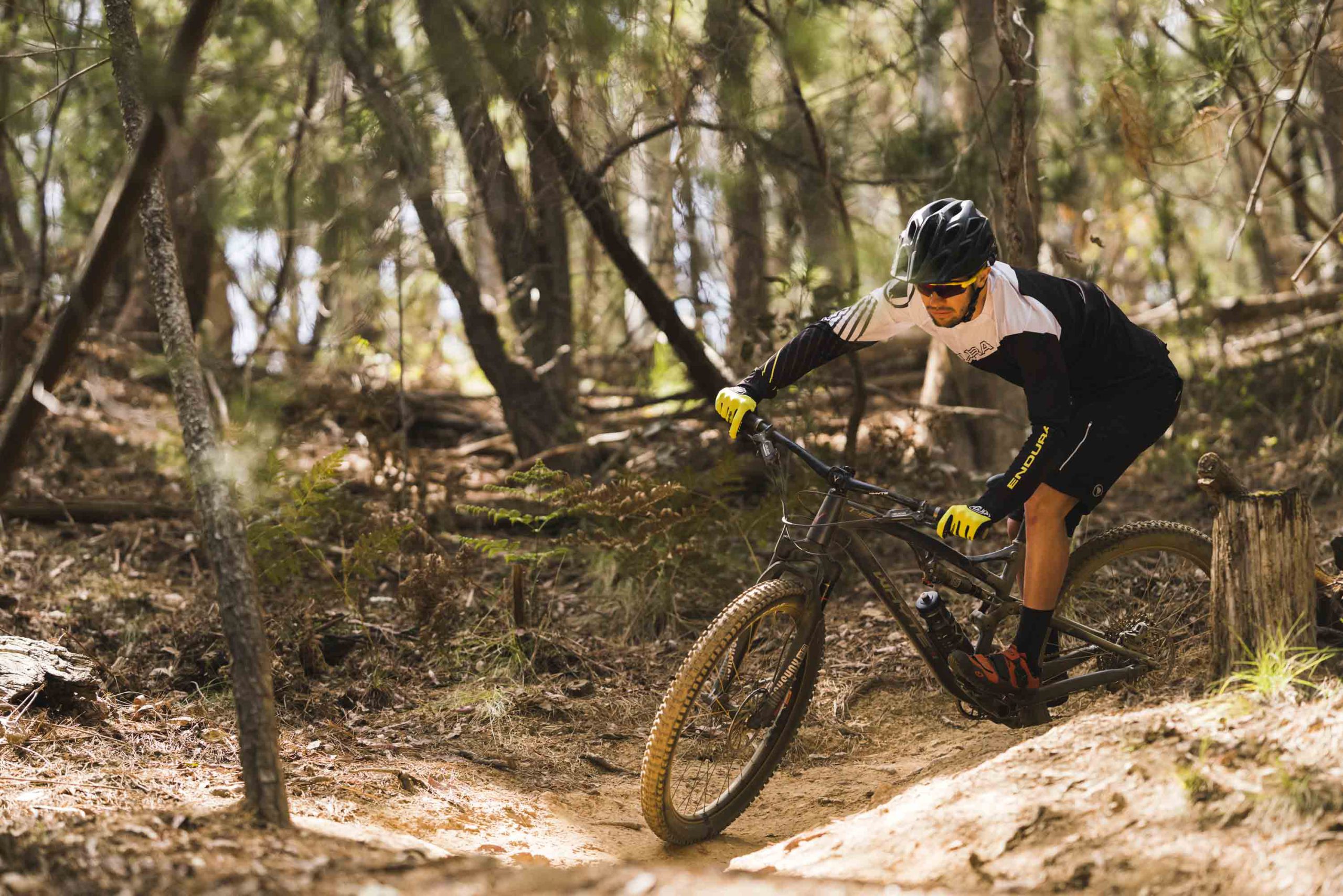
The first test on one ride was a flow trail with good gradient, big berms and small jumps. The biggest point to stand out was the stability of the T-130s at speed. The long wheelbase and slack head angle coupled with a low bottom bracket meant you were sucked into berms and spat out the other end very comfortably. The next biggest point was the great agility of the T-130s, helped along by the 27.5” wheels. Being long and stable is good but if it’s to the detriment of agility you will start feeling it on tighter trails or when you need to start flicking the bike around.
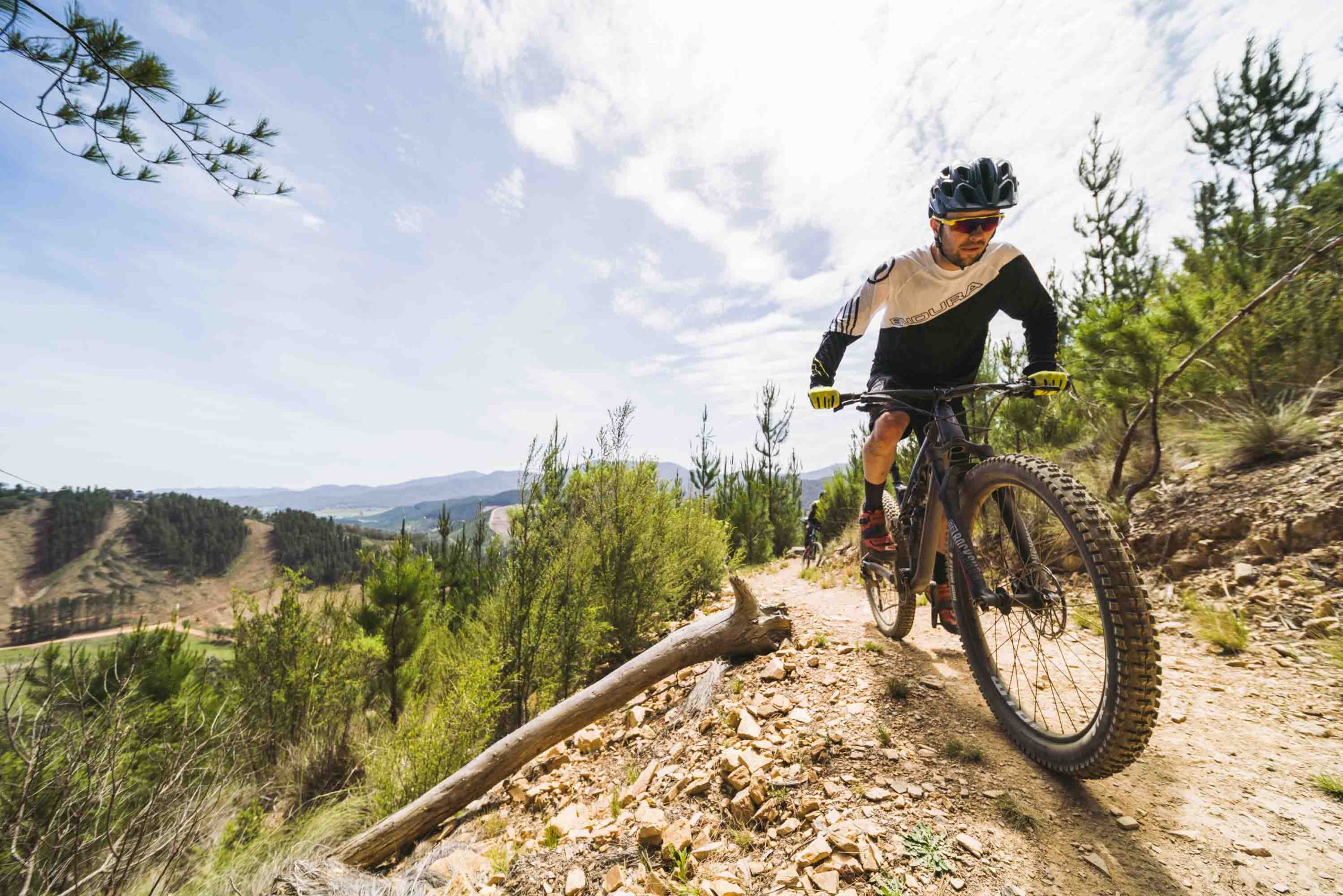
The next trail was the climb back up, which for a descending oriented trail bike is ironically where riders will spend most of their time. The long reach meant the comfort felt earlier on the flat transferred to the climbing. Though the slack head angle did remind you this bike prefers to be pointed down. It was a bit of a struggle to keep the front wheel tracking straight especially on uphill corners or steep sections, which is a common complaint with slacker bikes. A good point was the efficiency of the suspension. There is a firm mode on the RockShox Deluxe RT though I rarely thought to use it and preferred it open as the suspension bob wasn’t noticeable.
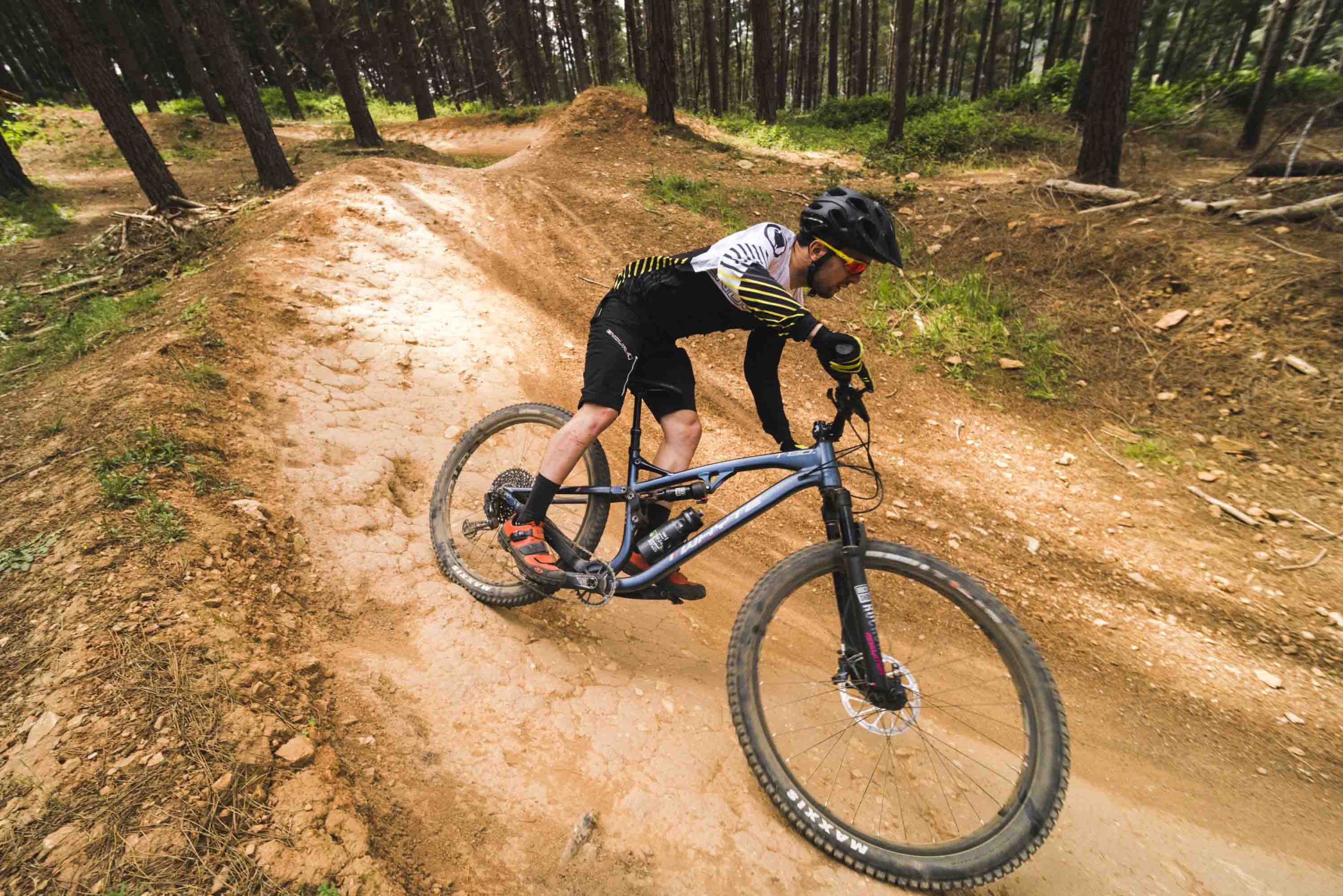
Back in its natural terrain and pointing down, the T-130s showed its true colours. The next trail was fast and rough with flat rough corners. The T-130s ripped down the rough straights with the slackness putting you in a great position to attack. The slackness put the front wheel at a great angle and helped the Revelation forks’ 140mm of travel soak up any bump and made me forget I was only on 27.5” wheels. It really did give you a lot of confidence to push the speed higher. On the corners the steering did suffer a bit especially when the gradient relented and it became flatter. The steering felt a bit wayward and was a bit of a struggle to keep the front tracking where I wanted. There was a large difference between flat and steeper corners though, as the T-130s really did rip steep corners with the agility and stability shown on the flow trail.
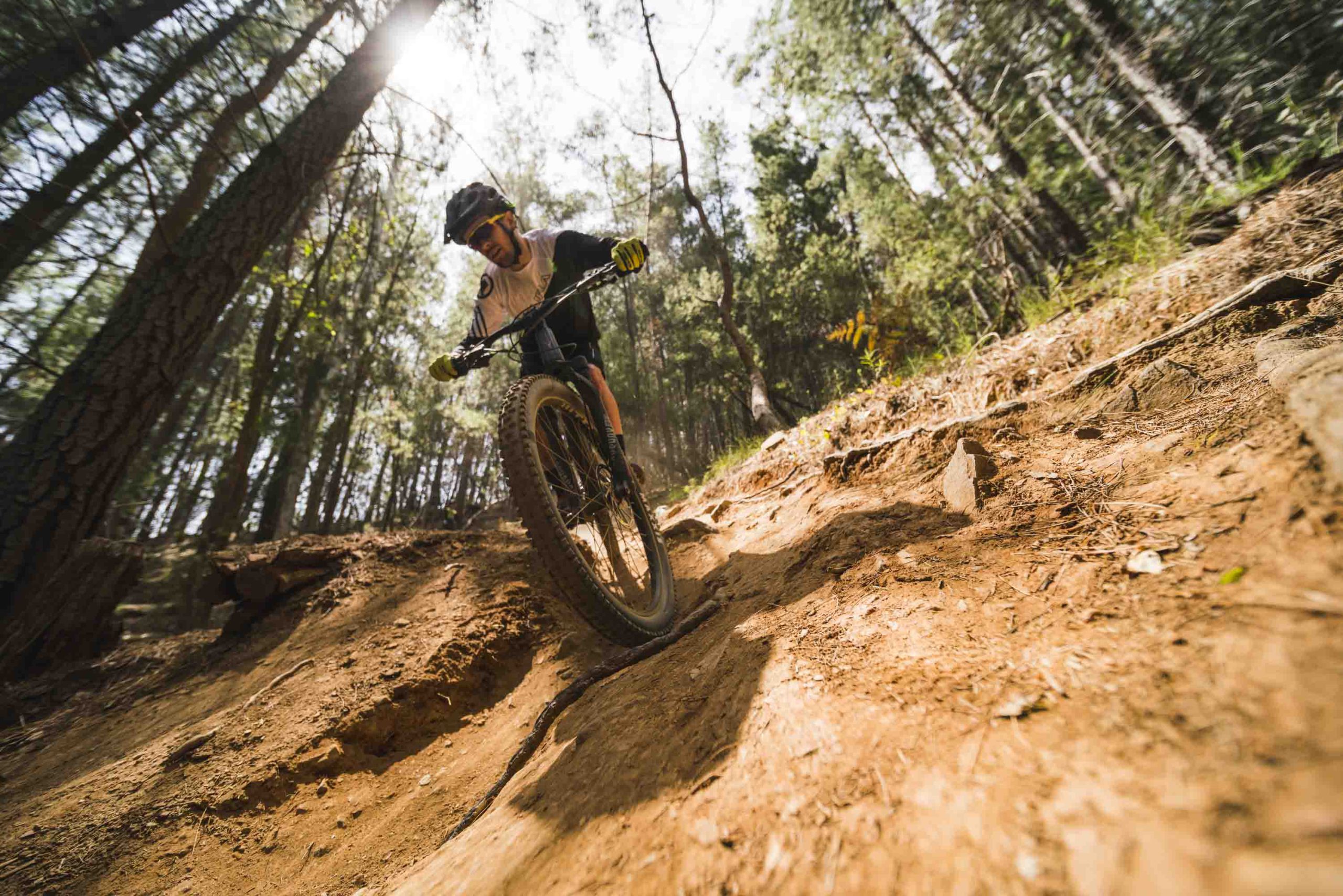
A tighter trail came up next and the T-130s surprised me again being both agile and stable on tight sections. As long as there was enough gradient to make use of the slackness, the T-130s was amazing to ride. I could flick it around corners and over trail furniture while still being able to open it up on straights and feel stable enough to punch through rough sections. I think this is the biggest point about the T-130s, it is agile and stable as long as there is gradient, as in a proper descent, to make use of its best attributes.
Our take
When people think of trails and trail bikes there can be a large discrepancy between thoughts, usually depending on what each person’s local trails are. Some people only have XC trails with some tricky A-lines and call that a trail ride. Others have shuttle days and call climb and descent repeats as their trail rides. The T-130s would lean heavily on the latter as on paper it’s a downhill oriented trail bike and testing showed this is where its strengths lie. It absolutely rips with equal doses of agility and stability, not an easy combination to put together, and while it’s not a climbing beast and not the best for a long trail ride on XC trails, when it does come into its own on a descent it shows its strength. It’s not isolated to chill descents but can handle a wide range of descending trails. From XC descents, flow trails to enduro trails, the T-130s is can handle them all with fun and flair while still willing to climb back up. If that sounds like your trail ride, the T-130s could be for you.
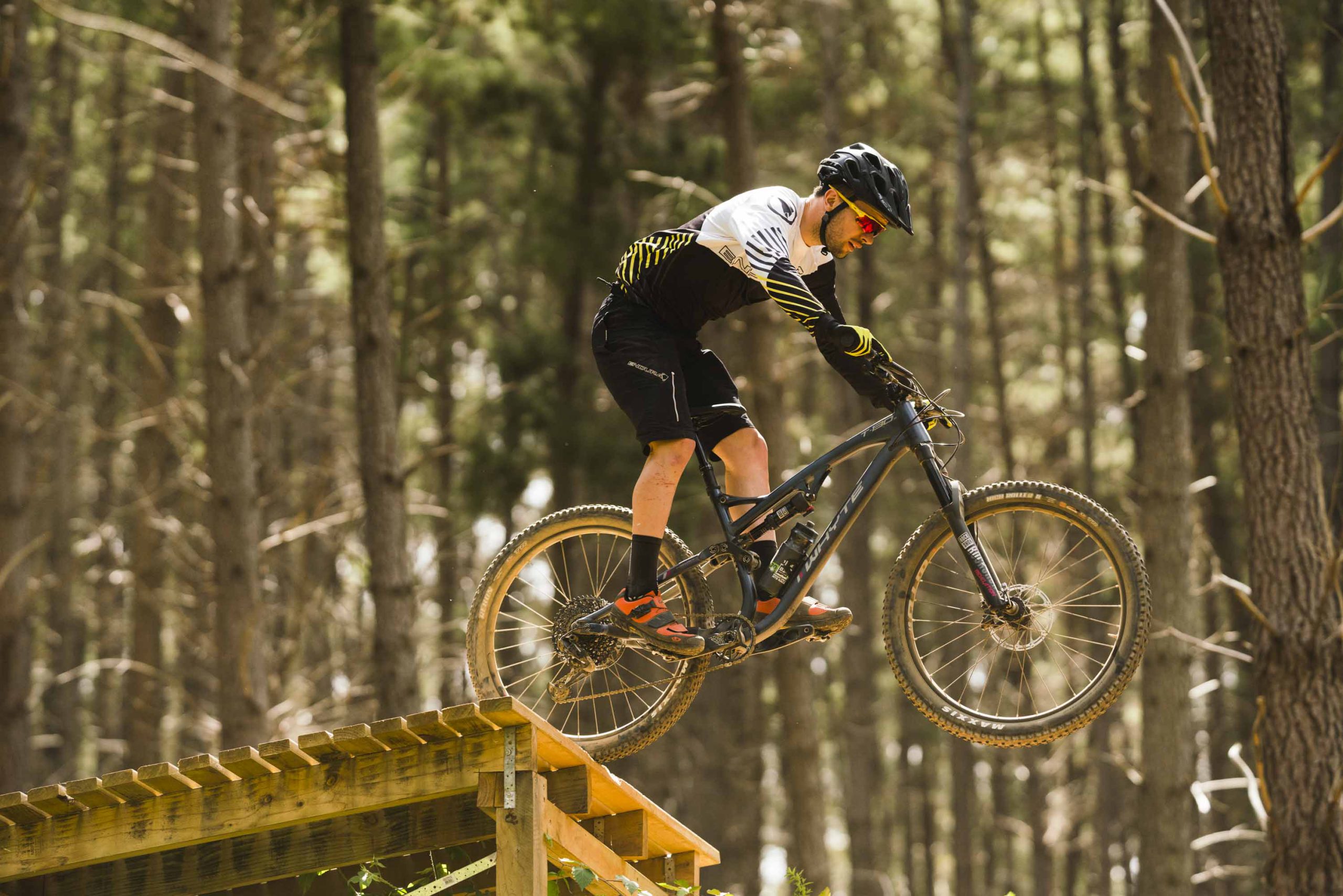
Whyte T-130s
Brand - Whyte
Model - T-130s
RRP - $4650
Weight - 14.5kg
Available Sizes - XS,S, M(Tested), L, XL
Frame Material - Aluminium/Alloy
Fork - RockShox Revelation RC 27.5″, 140mm Travel, 37mm Offset Boost
Shock - RockShox Deluxe RT
Shifters - SRAM GX Eagle, 12 Speed
Derailleur - SRAM GX Eagle, 12 Speed
Crank - SRAM Descendant 6K Eagle, X-SYNC 2, Direct Mount 32T, DUB, 170mm, Boost, 12 speed
Bottom bracket - SRAM DUB, BSA, 73mm
Chain - SRAM GX Eagle, 12 Speed
Cassette - SRAM PG-1275 Eagle, 10-50, 12 Speed
Hubs - Alloy sealed bearing, Boost, 32h
Spokes - DT Swiss Champion 2.0mm, Black Stainless, Brass Nipples
Rims - WTB ST i29 TCS 2.0 System, Pinned Joint, Tubeless Ready, 32 Hole
Tyres - Rear – Maxxis High Roller II TR 27.5″ x 2.6″ 120TPI, EXO/3C
Front – Maxxis Rekon TR 27.5″ x 2.6″ 60TPI, EXO,
Brakes - Sram Guide T, 4 Piston Hydraulic Disc, 180mm
Stem - Whyte Gravity Stem, 35mm Extension
Handlebars - Whyte 6061 Alloy, 15mm Rise, 31.8mm, XS/S 760mm Wide, M/L/XL 780mm Wide (L/XL 30mm Rise)
Seatpost - KS LEV-Integra, 30.9mm, XS 100mm Travel, S 125mm Travel, M/L/XL 150mm Travel, Southpaw-Alloy Remote Lever
Saddle - Whyte Custom, Dual Density, Triple Panel Design

